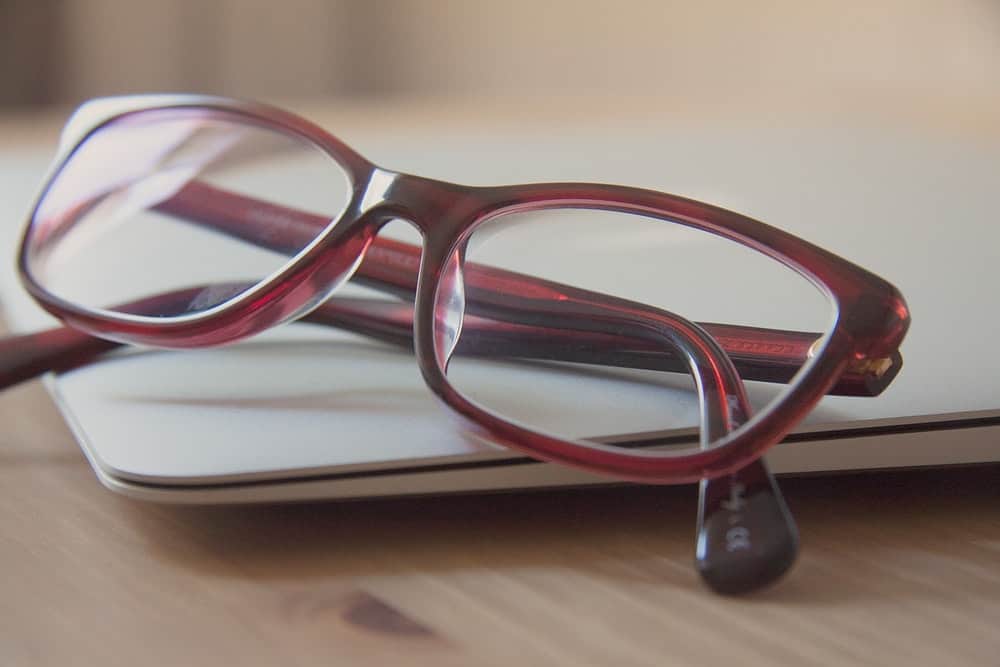AD | Featured
At some point, everyone will experience an age-related vision change in their life. Worsening eyesight can be a by-product of the ageing process, but it’s still important to take note of when something changes in your vision or eye health. As you reach your 60s and beyond, you might begin to notice some changes in how clearly you can see.
Age-related vision changes
In this article, R Woodfall explains further some of the age-related vision changes that you might experience.

Presbyopia
For those over 40 years old, it’s very common to start to lose focus when looking at objects close up. This is because the lens in your eye will start to gradually lose elasticity, which means it’s not as flexible as it once was. The less elasticity your lens has, the more difficult it is to see close objects.
Unfortunately, nearly everyone will experience presbyopia, and it can be significant for many as it’s a more obvious sign of the ageing process. It’s very easily treatable with corrective lenses, including contact lenses, or you may be able to undergo surgery.
If you’ve begun to notice that you can’t read a book or your phone as easily as before, it’s worth making an appointment for an eye examination.
Cataracts
Cataracts are incredibly common in older adults, and they typically occur in both eyes. It can affect your ability to see clearly and makes it more difficult to do everyday things like driving, particularly if you no longer meet the visual standards.
Cataracts is the name given to the cloudy patches that develop on the lens of your eye, which can become bigger over time. It’s not entirely known why it happens, but there are risk factors such as smoking, diabetes and a family history of cataracts.
So far, surgery is the only effective treatment for cataracts, but it’s one of the most common procedures in the UK.
Glaucoma
Glaucoma is more common in adults aged 70 or over, but it doesn’t often cause any symptoms in its early stages which can be dangerous. Glaucoma is caused by a build-up of fluid, which increases pressure inside the eye. It can lead to blindness, which is why it’s so important to diagnose and treat early.
Glaucoma will affect peripheral vision first and it develops slowly over many years, and for this reason, it’s often only picked up during a routine eye examination. There are a couple of very easy and painless tests that can check for glaucoma, and treatment is available to stop your vision from getting any worse. This can include eye drops, laser treatment or surgery.

Macular degeneration
Age-related macular degeneration can be common in those aged 50 or over, and typically affects the middle part of your vision. It’s not currently known what causes it, but it’s closely linked to age, smoking, high blood pressure and being overweight.
It’s not painful, but it will affect how you see things. The middle of your vision may turn blurry, wavy or completely blacked out as it gets worse. Any change in your vision that might be the start of macular degeneration will be picked up by your optician during an eye test, and you may be referred for extra tests and treatment.
Dry eyes
Getting dry eyes can be common at any age, but it’s more common in those over 50. Symptoms may include itchiness, soreness, redness, blurriness or a gritty feeling in your eye. It can occur if your eyes don’t make enough tears, or if your tears evaporate too quickly.
You should take regular breaks when focusing on something for a long period of time, and try not to spend too long in air-conditioned or heated rooms. It can also help to make sure you are getting plenty of sleep, as this will also help your eyes to rest.
If you notice any change in your age-related vision or eye health, you should book an appointment with your optician to put your mind at rest and make sure everything is as it should be.






























